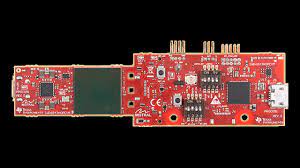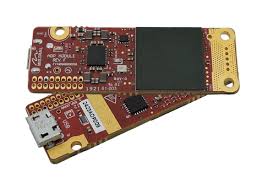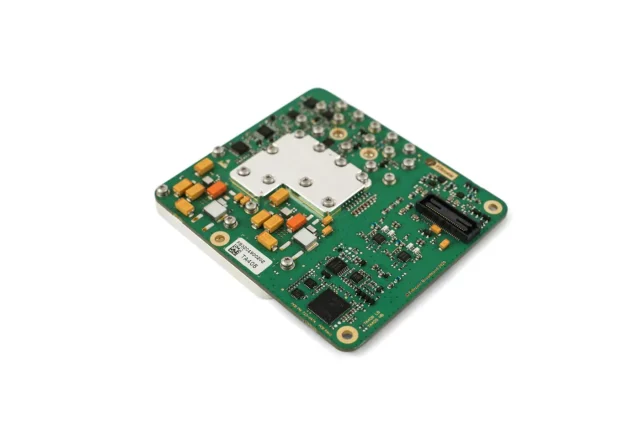The shift toward 5G FR2, advanced radar, high-resolution sensing and satellite communication has placed intense performance pressure on mmWave Module PCB design. At frequencies from 24 GHz to 86 GHz, the PCB is no longer a passive carrier—it becomes an active RF component whose materials, stackup, via transitions and routing geometries directly dictate performance.
A well-engineered mmWave Module PCB determines whether a front-end module achieves stable beamforming, predictable phase response, minimal insertion loss and reliable thermal behavior under continuous RF load.
1. Material Foundations for Low-Loss mmWave PCB Performance

The dielectric material defines the electromagnetic baseline of any mmWave Module PCB. At mmWave frequencies, even micro-variations in dielectric constant (Dk) shift routing impedance and phase velocity.
To maintain low loss and stable RF propagation, mmWave modules typically adopt:
-
Ultra-low Dk/Df laminates
-
Tight Dk tolerance (< ±0.05) for phase stability
-
Low copper roughness for minimal conductor loss
-
Low TCDk (Temperature Coefficient of Dielectric Constant) for thermal predictability
Materials such as Rogers RO3003, RO4350B, RO4835, Taconic TF-series, and Megtron 7 are frequently used due to their low-loss characteristics and stable high-frequency behavior.
In mmWave modules, the laminate is not a mechanical choice—it is the RF core.
2. PCB Stackup Architecture Controls mmWave Signal Integrity

Stackup engineering determines RF integrity more than any other factor. A precise mmWave Module PCB stackup ensures:
-
Accurate impedance across all RF layers
-
Consistent dielectric spacing for phase matching
-
Efficient shielding between RF and digital subsystems
-
Thermal management for power amplifiers and phase shifters
Common stackup strategies include:
Hybrid multilayer builds
Using high-frequency laminates on RF layers and FR-4 or low-loss composites for control/logic layers.
Dedicated mmWave routing layers
Microstrip for antenna feeds, stripline for internal RF distribution and grounded coplanar waveguides for controlled shielding.
Dense grounding structures
Ground vias, stitching vias, and via fences suppress undesired coupling and stabilize RF energy flow.
The stackup is where mmWave precision begins.
3. RF Via Engineering for mmWave Modules
Blind vias, microvias and back-drilled vias are essential for compact mmWave front-end integration. However, any via transition becomes a potential resonant cavity at 28–60 GHz if not engineered correctly.
Effective mmWave Module PCB via rules include:
-
Minimizing stub length through back-drilling
-
Reducing parasitic inductance using tighter anti-pad geometries
-
Using copper-filled microvias for low-resistance grounding
-
Optimizing pad/via size to reduce mode conversion
A single misaligned via can degrade S-parameters, raise return loss and distort beamforming accuracy. Via design is therefore part of the RF chain—not a mechanical detail.
4. Thermal Stability and Reliability Under RF Load

Power amplifiers, LNAs and beamformers in mmWave modules generate significant heat. Elevated temperature shifts Dk/Df, which directly affects phase.
A thermally robust mmWave Module PCB includes:
-
Copper-filled thermal vias
-
Embedded heat spreaders
-
High-Tg, low-CTE laminates
-
Symmetrical stackups to reduce warpage
Thermal stability is essential for maintaining long-term phase coherence and RF output consistency.
5. System-Level Benefits for High-Density RF Front-End Units

A well-engineered mmWave Module PCB delivers multiple system-level advantages:
-
Lower insertion loss at 24–86 GHz
-
Better amplitude and phase balance for beamforming
-
Improved EMI/EMC behavior
-
Higher thermal reliability during continuous RF output
-
Smaller form factors due to denser HDI integration
-
Predictable impedance and routing uniformity
These benefits support next-generation applications such as 5G FR2 modules, mmWave radar, SATCOM user terminals, automotive sensing systems, UAV communication units and industrial mmWave IoT devices.

